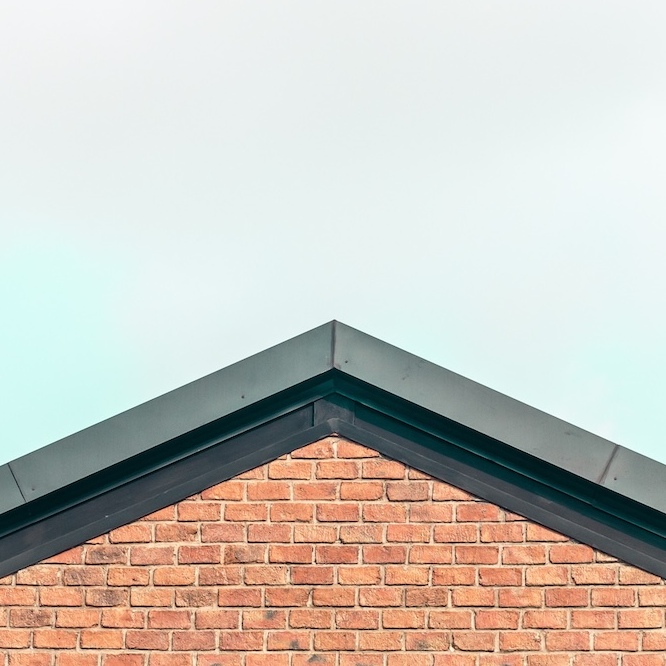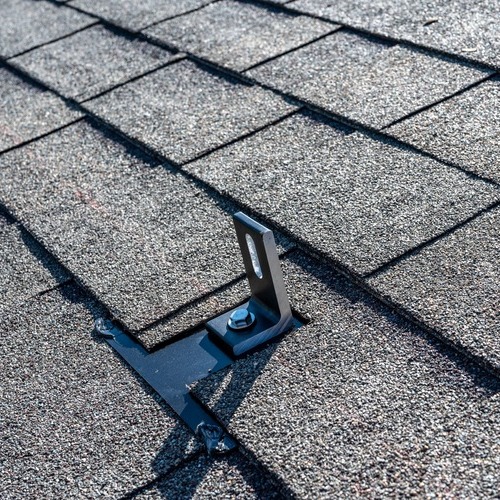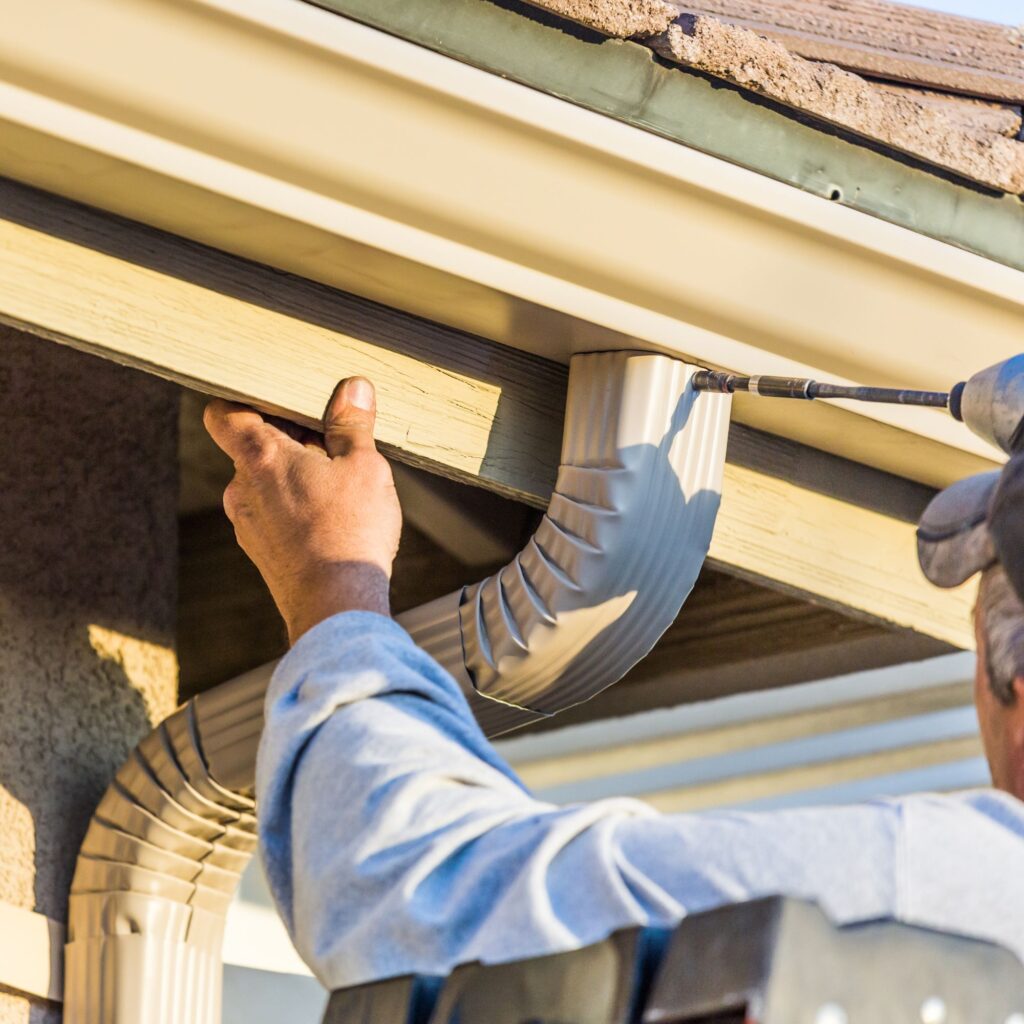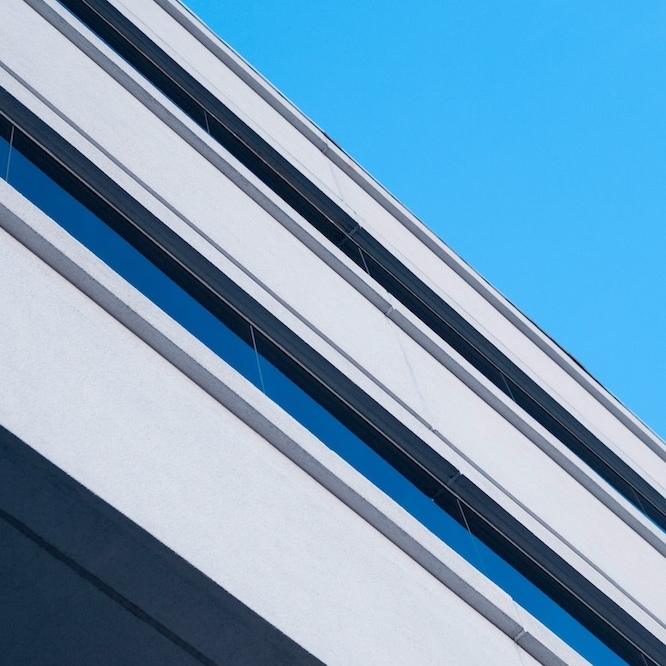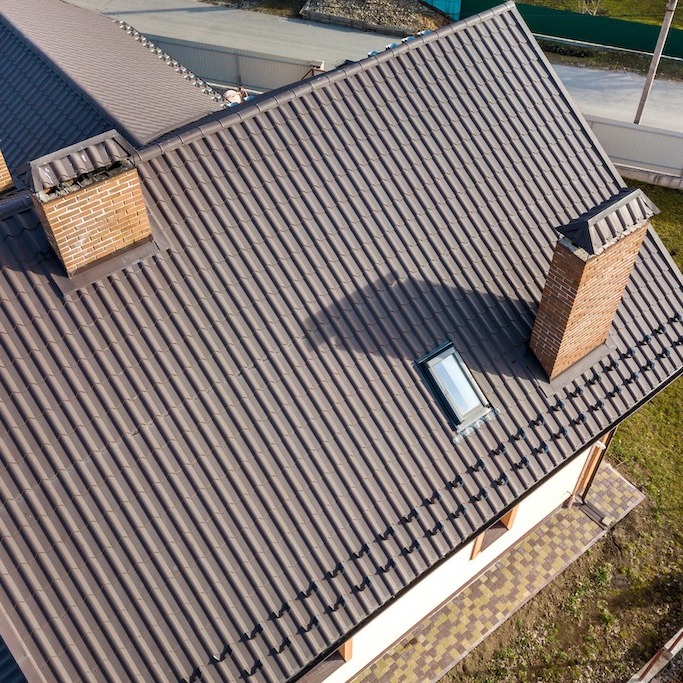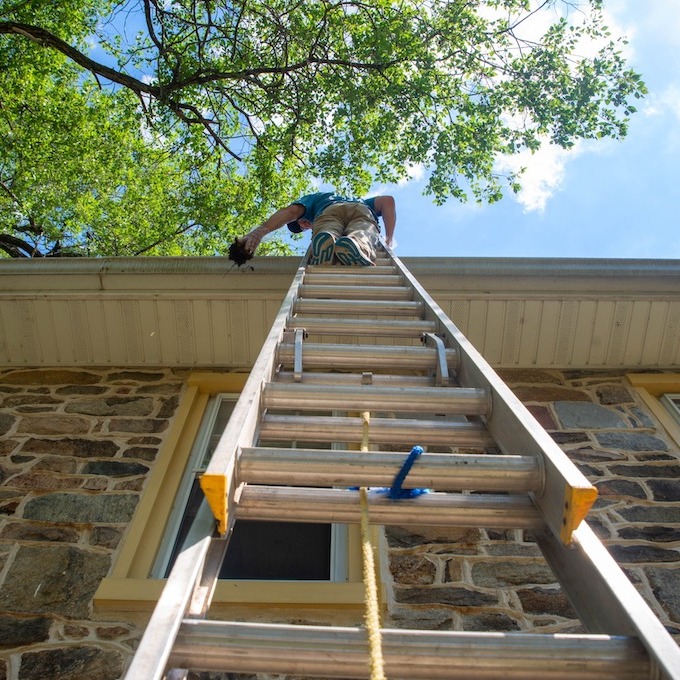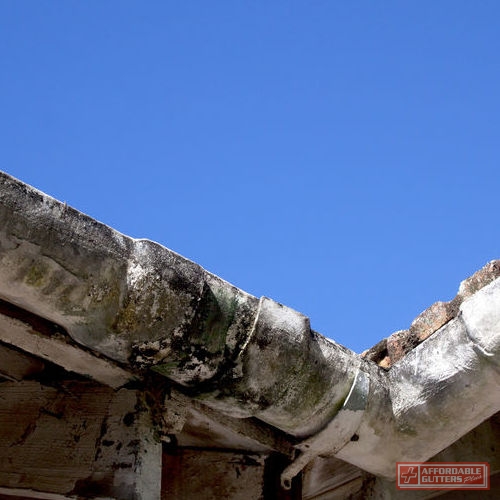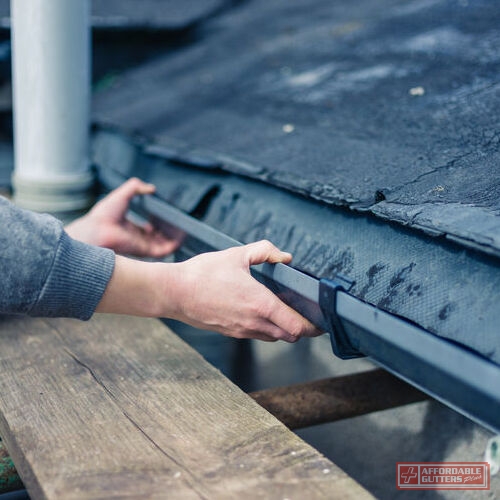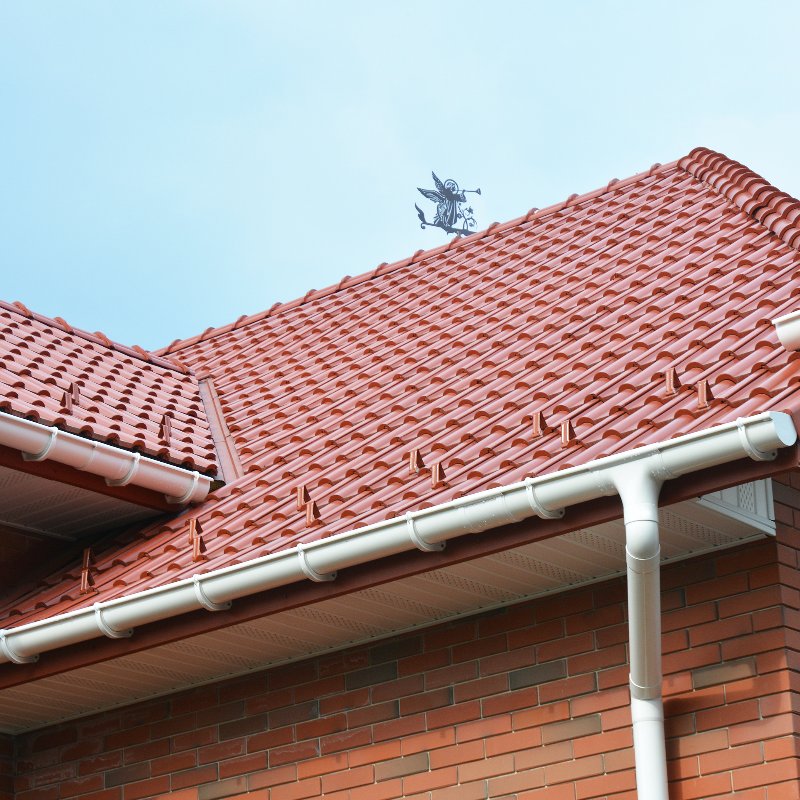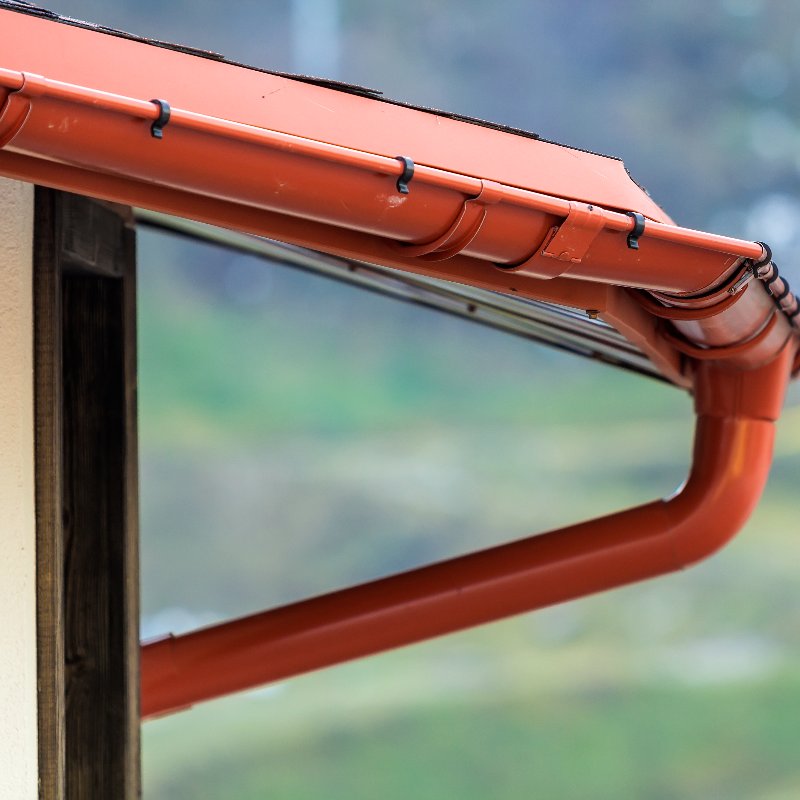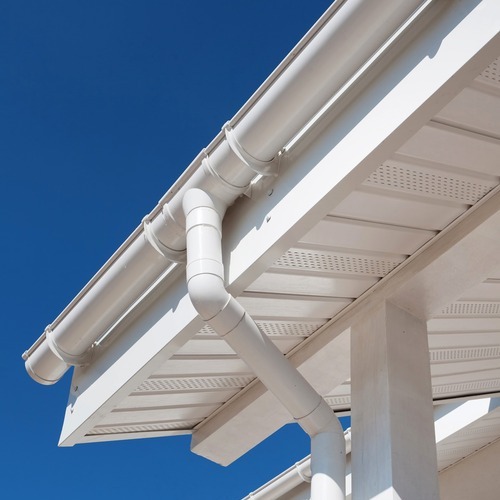
What Are Seamless Gutters?
Seamless gutters are a modern marvel in home construction, offering a sleek and efficient solution to rainwater management. Unlike traditional sectional gutters, which are prone to leaks at their joints, seamless gutters are formed from a single continuous piece of material, custom-fit to the dimensions of the house. This seamless design not only enhances the aesthetic appeal of the home but also minimizes the risk of water damage by ensuring a smooth flow of rainwater away from the roof and foundation. With their durable construction and low maintenance requirements, seamless gutters provide homeowners with peace of mind, knowing that their property is protected from the ravages of water infiltration. If you’re like many homeowners, you may be wondering whether seamless rain gutters are the right choice for your home. We’re here today to answer many common questions about seamless gutters to help you make that choice when it comes time to upgrade your home’s gutter system.
What are the Benefits of Seamless Gutters?
Seamless gutters offer a plethora of benefits for homeowners seeking efficient rainwater management solutions. Their seamless design minimizes the risk of leaks and clogs, ensuring a smooth and uninterrupted flow of water away from the roof and foundation. This not only helps prevent water damage to the home’s exterior and interior but also reduces the potential for mold growth and structural issues over time. Additionally, seamless rain gutters are custom-made to fit the exact dimensions of the house, enhancing the overall aesthetic appeal while eliminating unsightly seams and joints. With their durable construction and low maintenance requirements, seamless gutters provide long-term value and peace of mind for homeowners, offering protection against the elements for years to come.
What Materials are Seamless Gutters Usually Made From?
Seamless gutters are commonly made from a variety of durable materials, each offering distinct advantages. Aluminum is one of the most popular choices due to its lightweight nature, resistance to corrosion, and affordability. It can be easily formed into seamless gutter shapes and is available in a range of colors to match any home’s exterior.
Another commonly used material is vinyl, prized for its low cost and ease of installation. While not as durable as aluminum, vinyl seamless gutters are resistant to rust and can withstand extreme weather conditions. For those seeking a more robust option, steel seamless rain gutters provide superior strength and longevity, though they may require additional maintenance to prevent rusting. Additionally, copper seamless gutters offer unparalleled aesthetic appeal and durability, gradually developing a rich patina over time, making them a premium choice for high-end homes. If you aren’t sure which option is right for your home, a skilled professional can walk you through your choices to help you determine which one will be the best fit for your home and your roofing system.
Do Seamless Rain Gutters Require Any Special Maintenance?
Seamless rain gutters generally require less maintenance compared to traditional sectional gutters due to their seamless design, which minimizes the risk of clogs and leaks. However, like any other gutter system, they still benefit from periodic maintenance to ensure optimal performance and longevity. Regular tasks may include cleaning debris such as leaves, twigs, and dirt from the gutter troughs and downspouts to prevent blockages and ensure proper water flow. Additionally, inspecting the gutters for signs of damage, such as cracks, sagging, or loose fasteners, is advisable. Any necessary repairs should be promptly addressed to prevent water damage to the home’s exterior and interior, and as always, it’s best to get any gutter repair you need from a professional skilled in gutter installation.
How Long Do Seamless Rain Gutters Typically Last?
The lifespan of seamless rain gutters can vary depending on factors such as the material they’re made from, the quality of installation, and the local climate conditions. Generally, seamless gutters made from durable materials like aluminum, steel, or copper can last anywhere from 20 to 50 years or more with proper maintenance. Aluminum gutters are typically more resistant to corrosion, making them a popular choice for longevity, while steel gutters offer exceptional strength but may require more maintenance to prevent rusting. Copper gutters, known for their beauty and durability, can last for several decades and develop an attractive patina over time. Regular maintenance and prompt repairs of any damage can help extend the lifespan of seamless rain gutters, ensuring continued protection for the home’s exterior and foundation.
If you still have questions about seamless rain gutters, the team at Affordable Gutters Plus LLC is always available to provide you with any information you may need as well as to help you make an informed decision if you’re interested in seamless rain gutters in Canton, GA. Call us at 770-735-4433 today to speak to one of our skilled roofing and gutter professionals!

